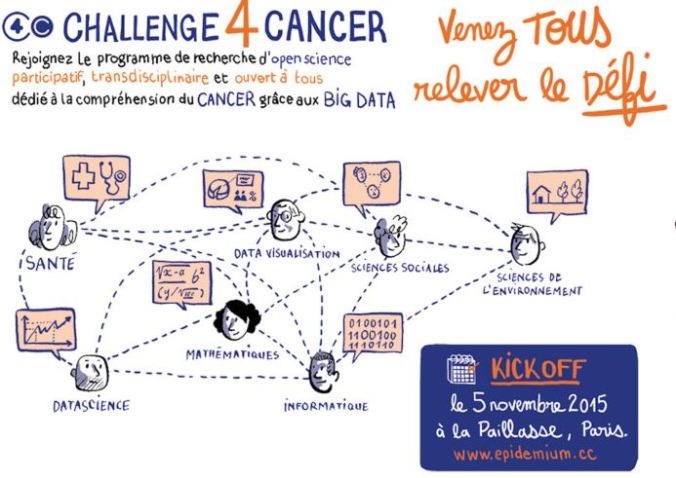 A new buzzword has exploded in the last 2 years: IoT. Behind this acronym, everybody recognises know the very wide family of connected devices, from portable ones like watches, sensors of any kind included in many industry products, to vehicle/shipping tracking systems. The object of all these devices is to deliver continuous data to their owner to facilitate gathering of information via GSM on a certain topic like body health status, fields hydrometry, or GPS localisation. With the massive decrease of cost of these small sensors, their usage has recently increased massively and opportunities to use them are developed every day.
A new buzzword has exploded in the last 2 years: IoT. Behind this acronym, everybody recognises know the very wide family of connected devices, from portable ones like watches, sensors of any kind included in many industry products, to vehicle/shipping tracking systems. The object of all these devices is to deliver continuous data to their owner to facilitate gathering of information via GSM on a certain topic like body health status, fields hydrometry, or GPS localisation. With the massive decrease of cost of these small sensors, their usage has recently increased massively and opportunities to use them are developed every day.
Among them, there are for sure few business applications that could be of use for any company in the world. But once identifying the right idea, how to put it in place? And what are the pitfalls? Continue reading

![Portal-vs-Community[1]](https://digichange.files.wordpress.com/2016/01/portal-vs-community1.png?w=300&h=224)
 We know we have silos. We know they are not useful. As leaders, we must insist the customer service (the contact center) and marketing align their functions.
We know we have silos. We know they are not useful. As leaders, we must insist the customer service (the contact center) and marketing align their functions.

